Latest News
Everything thats going on at Enfold is collected here
Hey there! We are Enfold and we make really beautiful and amazing stuff.
This can be used to describe what you do, how you do it, & who you do it for.



Why is it important to recycle food waste?
Many consumers are unaware of the impact food waste can have on the environment. By simply separating your food waste from your general waste you can have a positive impact on the climate.
Five Things to Consider When Maintaining an AD Plant
A proactive approach to AD plant maintenance can optimise outputs and avoid costly breakdowns. These five strategies will enhance the resilience of any AD site.
How a preventative approach to AD maintenance achieves real life results
COP 27 Reflections
We are exhibiting at the Farm Business Innovation Show at Birmingham’s NEC on 2nd & 3rd November!
Events 2022!
Carving a career in renewables: the importance of training and development in the sector